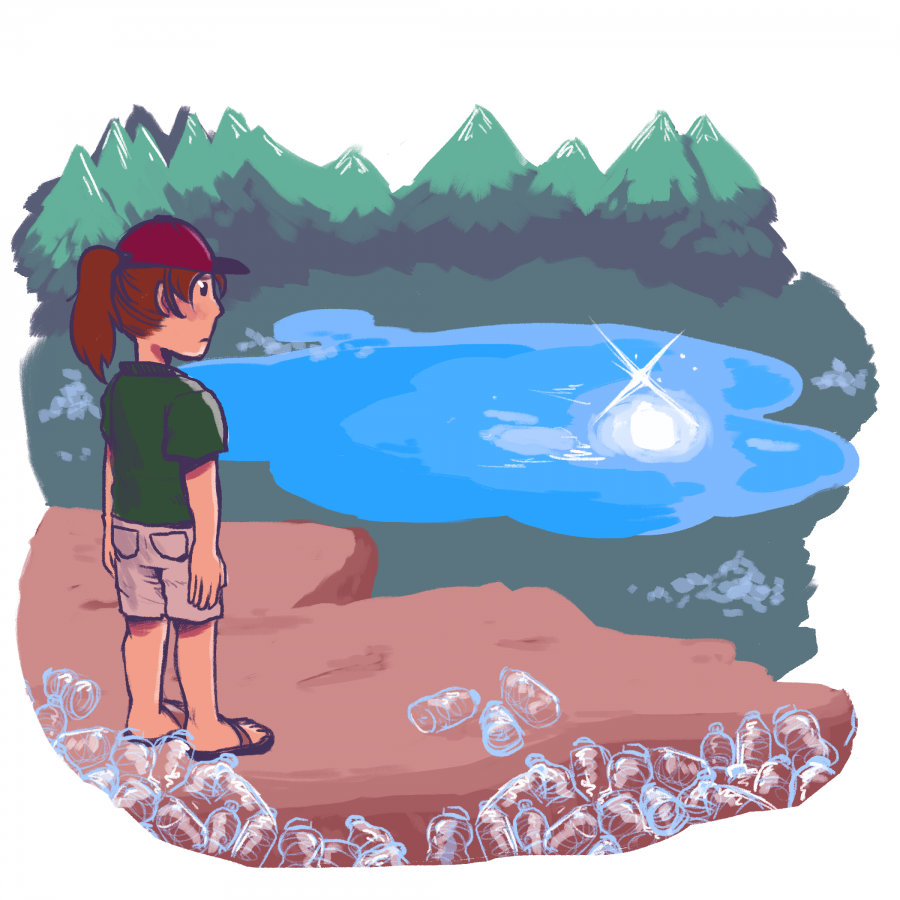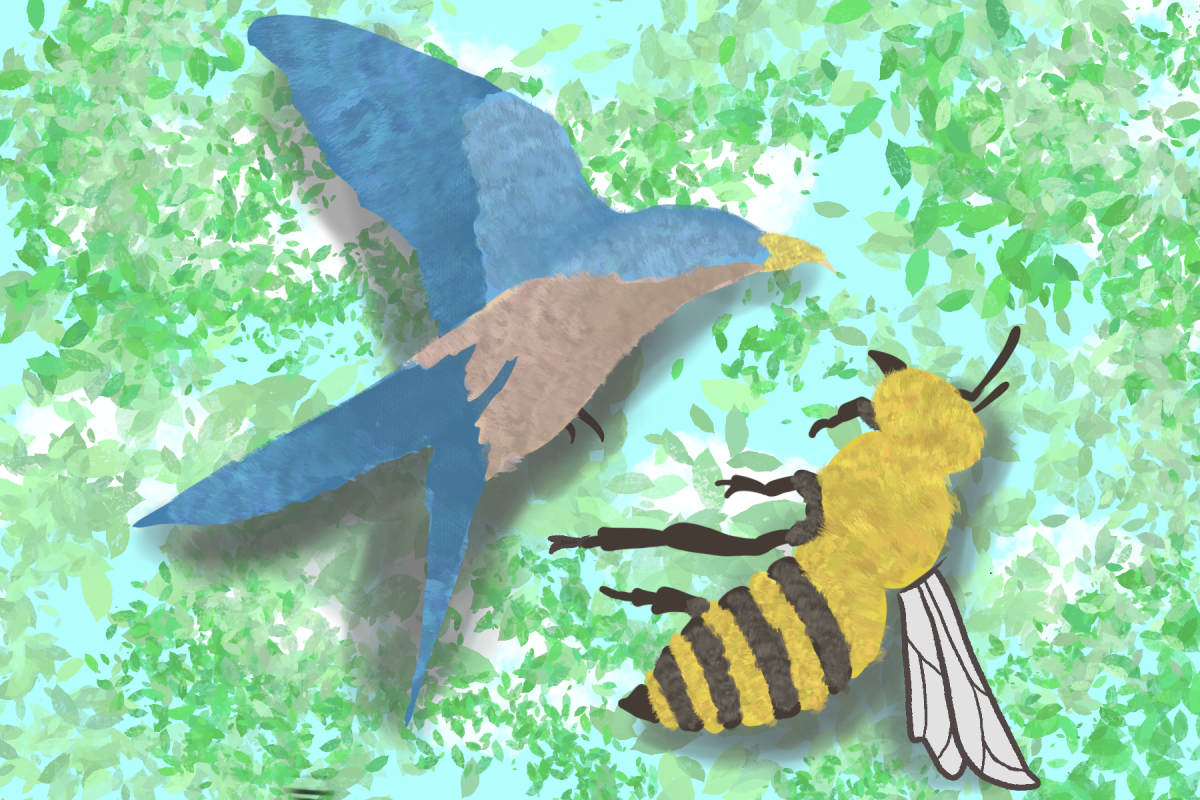The magnitude of America’s plastic consumption shows that we’ll sacrifice anything for convenience.
Since the beginning of the large-scale production of plastic in the 1950s, humans have produced 18.2 trillion pounds of plastics. Of the eight billion metric tons of plastic produced every year, only nine percent are recycled — the rest is accumulating in landfills, swimming in oceans or in the stomach of an unsuspecting seabird.
Overconsumption, mass marketing, convenience and excess are fundamental components of the consumer capitalism that infiltrates American culture. They are at the root of the widespread overindulgence in plastic and the resulting plastic pollution that threatens life on Earth. Students are consumers, and we have the ability to alter our habits and reduce the waste we generate.
The reach of plastic pollution has spread to almost all corners of the globe. Where there are humans, there is plastic. Even previously unpolluted places are being littered with drifting pieces of plastic waste. “There is more plastic trash in places that are extremely remote, in very high elevations … a days walk from any kind of community,” said Molly Polk, associate director of sustainability studies.
Just as great is the amount of plastic waste that ends up dispersing in oceans. There are five colossal patches of trash in the oceans around the world — ocean gyres — that act as a vortex for marine debris and most notably, for plastic. The circular wind pattern of the gyres draws trash into their centers where they not only collect but break down into tiny pieces of plastic — microplastics — that are almost impossible to clean up.
Environmental degradation has serious implications for marine life and marine ecosystems. Fish and seabirds often confuse plastics for food — sea turtles can have a diet composed of almost 74 percent plastic. Without significant changes to consumer habits, it is estimated that there will be more plastic than fish, by weight, in the ocean by 2050.
Pollution and consequent ecosystem destruction isn’t just my problem or the problem of environmentalists. It isn’t a distant problem that won’t affect students, either. It’s happening right now, regardless of how detached we have become from the waste we generate. We all overuse plastic, but we don’t have to.
“You don’t realize how much plastic you have in your life until you stand back and look at it,” said Haven Erengil, a neuroscience and Plan II sophomore. Erengil joined the zero waste movement and has been exploring ways to reduce her waste. Erengil avoids single-use plastics such as plastic silverware and to-go boxes by bringing her own reusable Tupperware and utensils when she eats out. She tries to find alternatives for daily sources of waste that are often overlooked, such as buying in bulk. “It quickly becomes an obsession,” she said.
Although long-lasting change can be best achieved with comprehensive policies at the institutional level, we should never underestimate the influence consumers have over a problem caused by consumerism. Although plastic seems to be unavoidable in American convenience culture, we can always find alternatives to things packaged in plastic and prioritize things that are package-free or packaged with more sustainable materials. We don’t have to eat out every day and we don’t need a Starbucks every morning. Simple lifestyle changes can mean the difference between conservation and a world enveloped in plastic.
Badillo is a sociology and psychology junior from Guanajuato, Mexico.





















